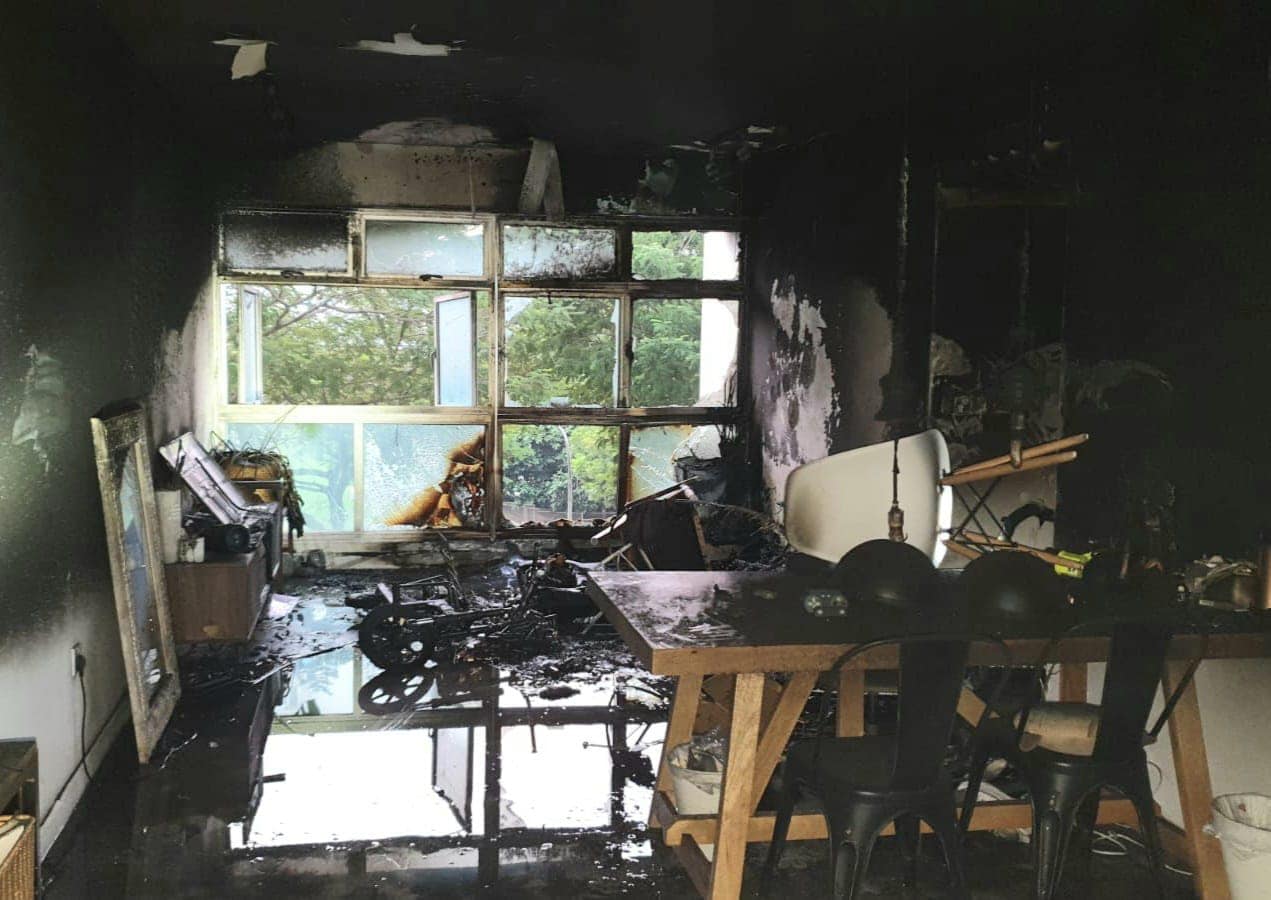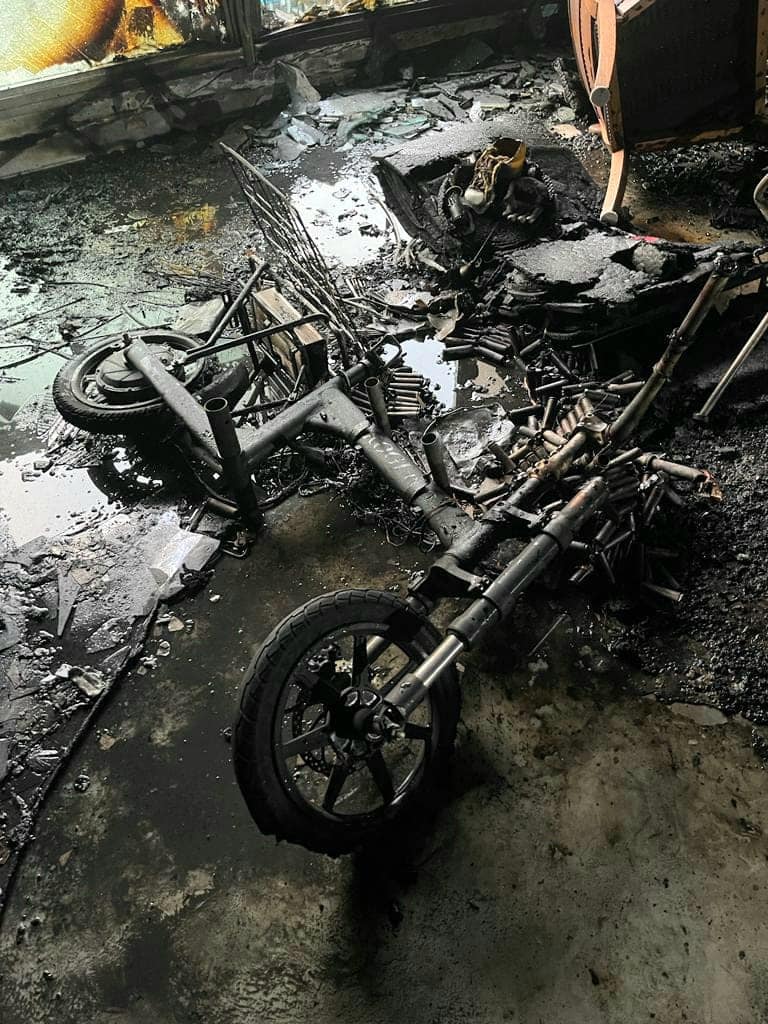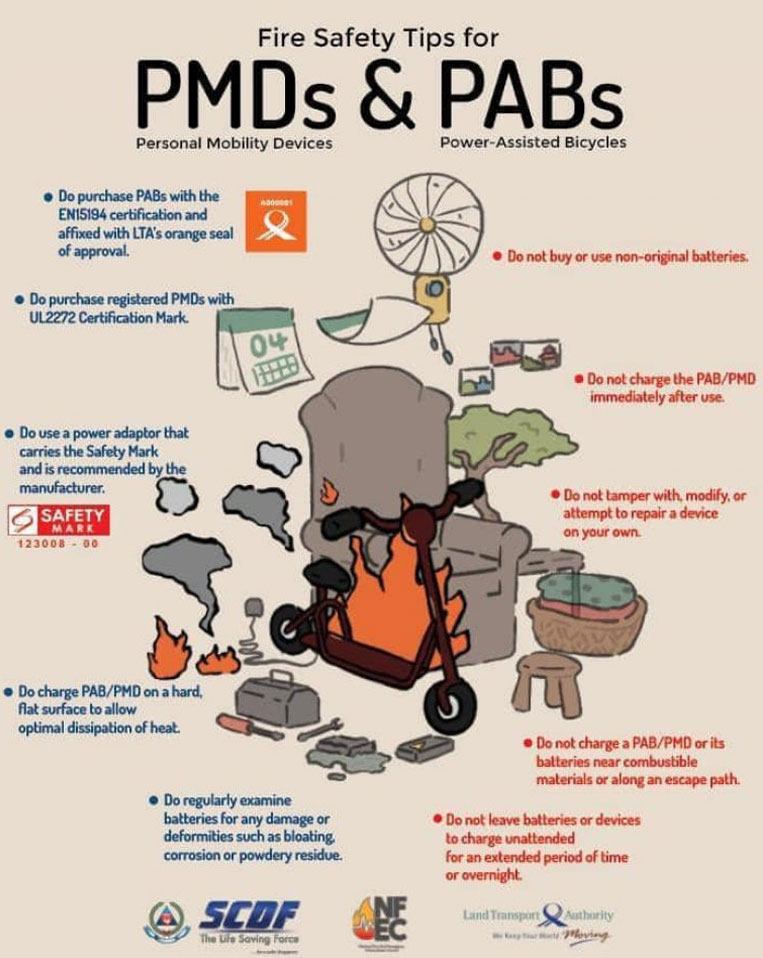On 15 June 2023, a wall segment at the second storey of a building under demolition collapsed.
A worker who was walking along the pedestrian walkway beside the worksite hoarding was pinned by the collapsed structure. He was extricated from the rubble and pronounced dead at the scene.
What companies should do
Demolition works are high-risk construction activities. A demolition method statement must be prepared by a Professional Engineer. The method statement must ensure that before and during the demolition of any structure, the stability of the walls, ceilings, slabs, beams, and all other structures adjacent to the structure to be demolished is determined, taking into account the different designs and internal elements of each portion of the structure.
To prevent similar accidents, consider the following measures:
• Pre-demolition survey: Conduct a detailed survey to assess the structural stability of the building and its surroundings before any demolition work begins. Install additional supports, e.g. shores, braces, and ties to prevent any structure or component from becoming unstable during demolition.
• Demolition plan: Establish a demolition plan detailing the demolition sequence and approach. Consider the structural supports and condition of the building to be demolished. Inform all workers of the method statement and safe sequence of work.
• Permit-to-work (PTW) system: A PTW system should be put in place to ensure all safe working conditions are met.
• Safe work method: Adopt a top-down wall-hacking approach to reduce the possibility of collapse of any large wall segment. Carry out the work in a safe and controlled manner that does not compromise the integrity of the remaining structure. Activity-based risk assessments must be carried out and relevant risk controls and safe work procedures must be implemented.
• Work supervision: Supervise demolition work activities to ensure they are carried out according to the method statement safely. Supervisors should also monitor the site frequently for possible unsafe conditions and/or safety lapses.
• Safety training: Developers should consider sending their demolition contractors, consultant representatives, and supervisory staff to the demolition safety course conducted by the Singapore Contractors Association Limited.
For more information on safe demolition practices, please refer to the SS 557: 2010 Code of Practice for Demolition and WSH Council’s Technical Advisory for Demolition.
Under the WSH Act, first-time corporate offenders may be sentenced to the maximum fine of $500,000 whilst individuals can either be sentenced to the maximum fine of $200,000 and/or an imprisonment not exceeding 2 years. Read more on the WSH Act penalties.

























 Image from SCDF on Facebook.
Image from SCDF on Facebook. Image from SCDF on Facebook.
Image from SCDF on Facebook. Image from SCDF on Facebook.
Image from SCDF on Facebook.